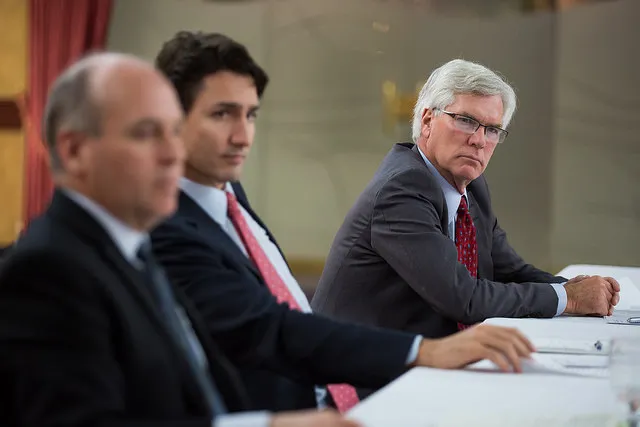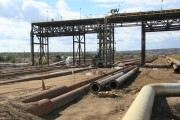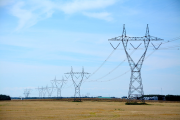The National Energy Board (NEB) has become a lightning rod for controversy in recent years as Canadians lost trust in its responsibility to review and regulate major energy projects. But now there’s a once-in-a-generation opportunity to ensure energy planning and regulation serves the public interest, upholds Canada’s commitment to Indigenous reconciliation, and stays the course to a low-carbon economy.
Established in 1959, the NEB has been responsible for the review and regulation of international and interprovincial pipelines and power lines. But the evolving values of Canadians, the urgency of climate change, and the assertion of Indigenous rights have dramatically changed the landscape in which energy projects are considered. Individual energy project reviews became plagued by protest and inappropriate forums for high-level discussions about energy and climate. The NEB is not currently equipped to maintain public confidence in energy project decision-making or usher Canada into its next phase of low-carbon energy regulation.
But there’s an opportunity for change.
The federal government is updating Canada’s environmental laws, including the process to review major energy projects. It is on track to introduce legislation in the coming months that will make substantive changes to federal environmental assessment (EA) processes and energy planning and regulation. This update isn’t just about fixing problems—it’s about aligning the way we make decisions on infrastructure with today’s values and climate science.
To be effective, the modernized NEB and new energy regulatory regime should include four critical components.
First, the NEB should not be the responsible authority for the administration of federal EAs. A single, revamped EA body should conduct assessments for all federal projects, under a new process redesigned to test their contribution to sustainability.
Centralizing EA within a single agency will ensure all industries are subject to the same rules, restore public trust in project decision-making, and guarantee that the necessary expertise in EA is applied to all projects. The NEB should continue to provide advice on its area of expertise, such as the technical and economic viability of proposed energy projects.
Second, we need a broader roadmap for achieving Canada’s Paris Agreement commitment to limit global warming to well below two degrees Celsius. Individual energy project reviews are an unworkable forum for these strategic discussions. One of the government’s key reform proposals is to conduct a strategic assessment for climate change.
This strategic assessment should support the achievement of Canada’s 2050 greenhouse gas (GHG) reduction targets in line with the Paris Agreement. The assessment should therefore be scoped around the implementation of Canada’s Mid-Century Long-Term Low Greenhouse Gas Development Strategy, a policy blueprint for low-carbon economic transformation.
Once the strategic assessment for climate has been conducted, all energy project reviews should be tested against its findings. This effort would involve reconciling a project’s incremental upstream and direct GHG emissions with national and subnational climate targets. But it would also require reorienting economic assumptions to ensure projects are viable in a world transitioning away from fossil fuels.
Third, Canada needs an agency that produces and disseminates high-quality Canadian energy data, statistics and analysis. There is currently a dearth of coherent, timely and harmonized energy information in Canada, which negatively affects industry, investment, research, and government decision-making.
Despite some recent updates to its scenario forecasting, the NEB still projects fossil fuel production and consumption growth unaligned with the Paris Agreement. This contradicts Canada’s climate targets and must be updated to reflect Canada’s commitment to decarbonization.
Finally, the new regime should expand opportunities for public participation. Current limitations on participation in energy decision-making undermine the need for timely and predictable project reviews.
Revised legislation must open participation in project decision-making to all stakeholders and support public participation with commensurate funding. And, collaboration with Indigenous jurisdictions on a nation-to-nation basis throughout the energy regulatory process should be a legislated requirement in order to uphold the government’s commitment to reconciliation and the United Nations Declaration on the Rights of Indigenous Peoples.
Establishing a 21st century energy regulatory landscape in Canada requires more than just tweaking the current regime. If the federal government is serious about Indigenous reconciliation, restoring public confidence in energy regulation and environmental decision-making, providing industry with clarity, and meeting its climate commitments, it must get NEB modernization right.
Patrick DeRochie is the climate & energy program manager for Environmental Defence. Lindsay Wiginton is an analyst at the Pembina Institute.







